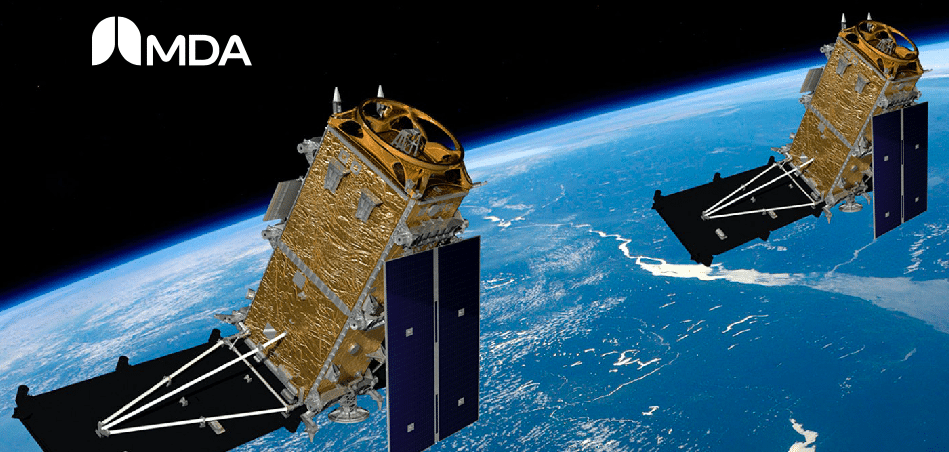On board Curiosity is a Canadian made geology instrument called ASPX which allows the rover to calculate the chemical composition of the rocks and soil on Mars. The instrument’s goal is nothing less than to determine if the Mars has. or has ever had, the conditions to support life. The prime contractor for the APXS spectrometer is BC-based Macdonald Dettwiler.
Late Sunday night, a moment of history as NASA’s Curiosity touched down on the surface of Mars and began to beam back pictures from the Red Planet. At 10:32pm on August 5th, the ten foot long, two-thousand pound spacecraft was dropped into a large crater near the base of a three mile tall mountain called Mt. Sharp.
Those following closely will have noticed a Canadian connection to Curiosity, which left Earth on November 26th of last year.
On board Curiosity is a Canadian made geology instrument called ASPX, which allows the rover to calculate the chemical composition of the rocks and soil on Mars. The instrument’s goal is nothing less than to determine if the Mars has, or has ever had, the necessary conditions to support life. The Gale Crater, where Curiosity landed, is one of the lowest points on Mars, and scientists believe that if water has ever flowed on the planet there will be evidence in the rocks collected there.
The prime contractor for the APXS spectrometer is BC-based Macdonald Dettwiler (TSX:MDA).
_______________________________
This story is brought to you by The M Partners Tech 12 Investor Conference, which will be held on Tuesday September 11th, 2012 in Toronto. For information on attending click here.
_______________________________
APSX, says the Canadian Space Agency, is “Roughly the size and shape of a Rubik’s cube” and will “gather data day and night. “It will take two to three hours to analyze a sample to determine what elements it is made of,” says the agency. The CSA says a quick-look analysis can be completed in about ten minutes. APXS is installed at the end of Curiosity’s robotic arm with four other instruments that will probe the rocks and soil of Mars.
Late in June, Richmond’s Macdonald Dettwiler doubled in size when it acquire Space Systems, a subsidiary of New York satellite communications company Loral.
The company, which was formed in 1969, was a pairing of the efforts of John MacDonald and Werner Dettwiler. Since then, MDA has been a part of the fabric of Canadian technology. The aerospace giant’s Canadarm, a robotic space arm developed in the 1970′s to repair and service NASA space shuttles, is iconic.
Another Canadian connection to the Mars Rover comes from Teledyne DALSA, which built the the image sensors for Curiosity’s Navcams and Hazcams at its semiconductor foundry in Bromont, Quebec, just as they did with the Spirit and Opportunity rovers. The hazard avoidance cameras are installed on each corner of the rover and the 3D stereoscopic navigation cameras are part of the rover’s camera mast. DALSA, which was founded in Waterloo in 1980, was acquired by California’s Teledyne in 2010.
Curiosity is much larger than its predecessors, Opportunity and Spirit, mostly because its scientific instruments are much larger. The devices on Curiosity total 165 pounds versus just 11 pounds on the others. The mission is expected to last at least two years.
________________________
__________________________
Leave a Reply
You must be logged in to post a comment.





 Share
Share Tweet
Tweet Share
Share




Comment